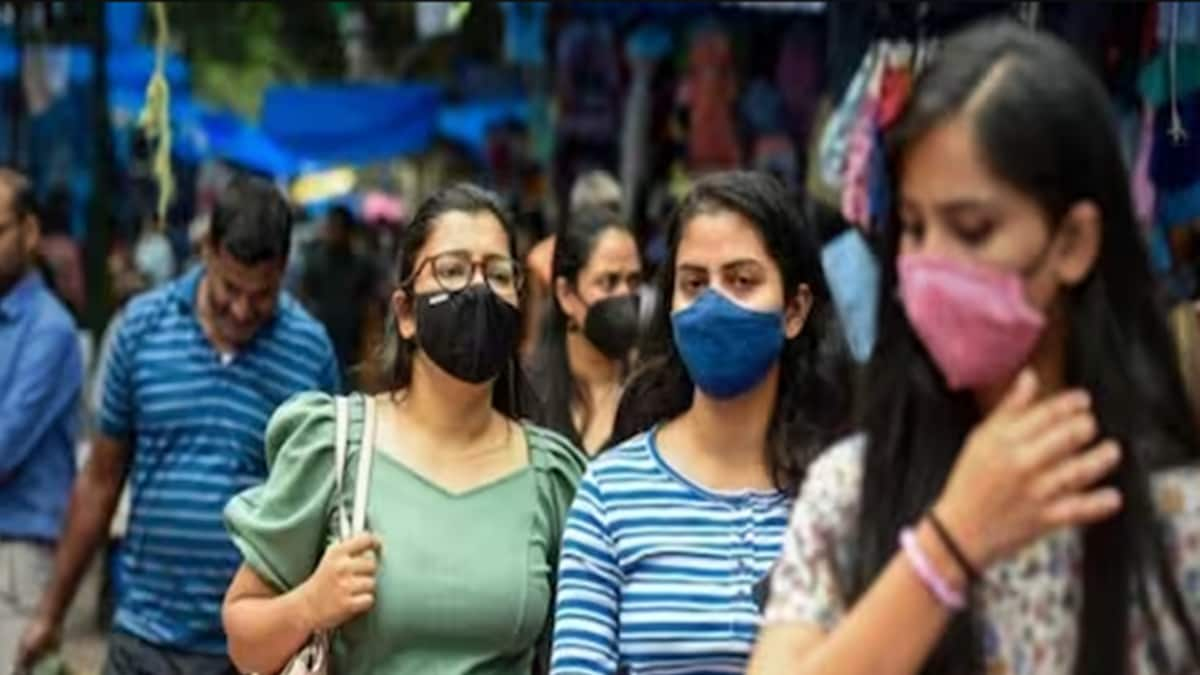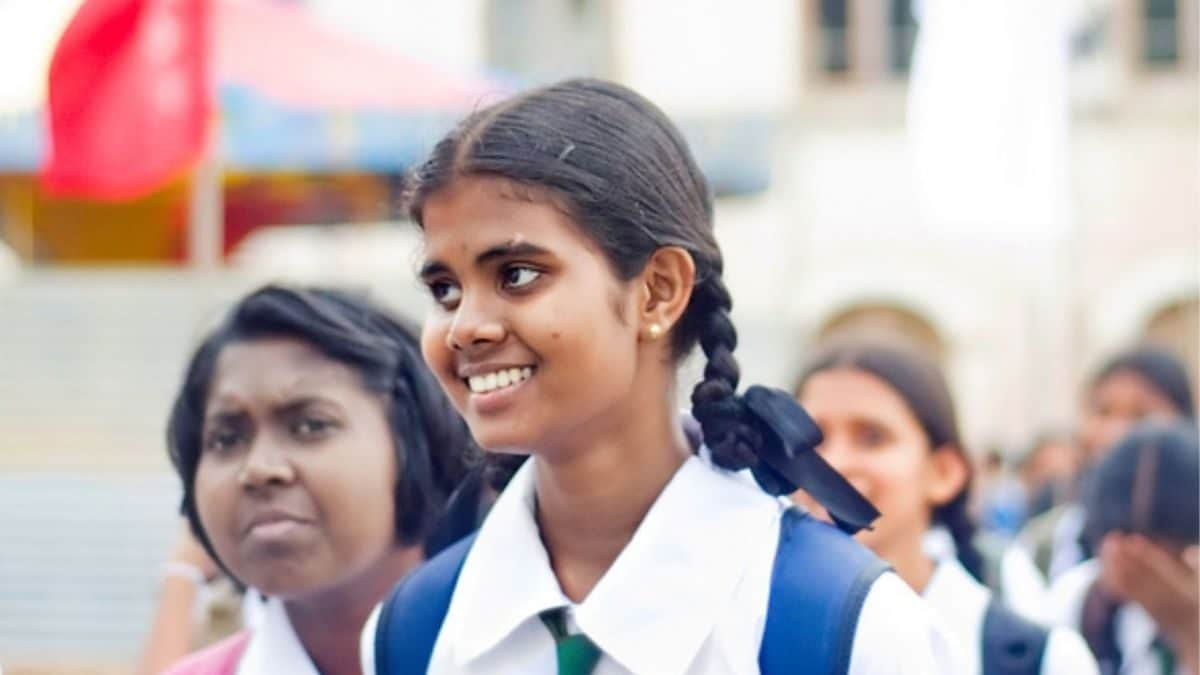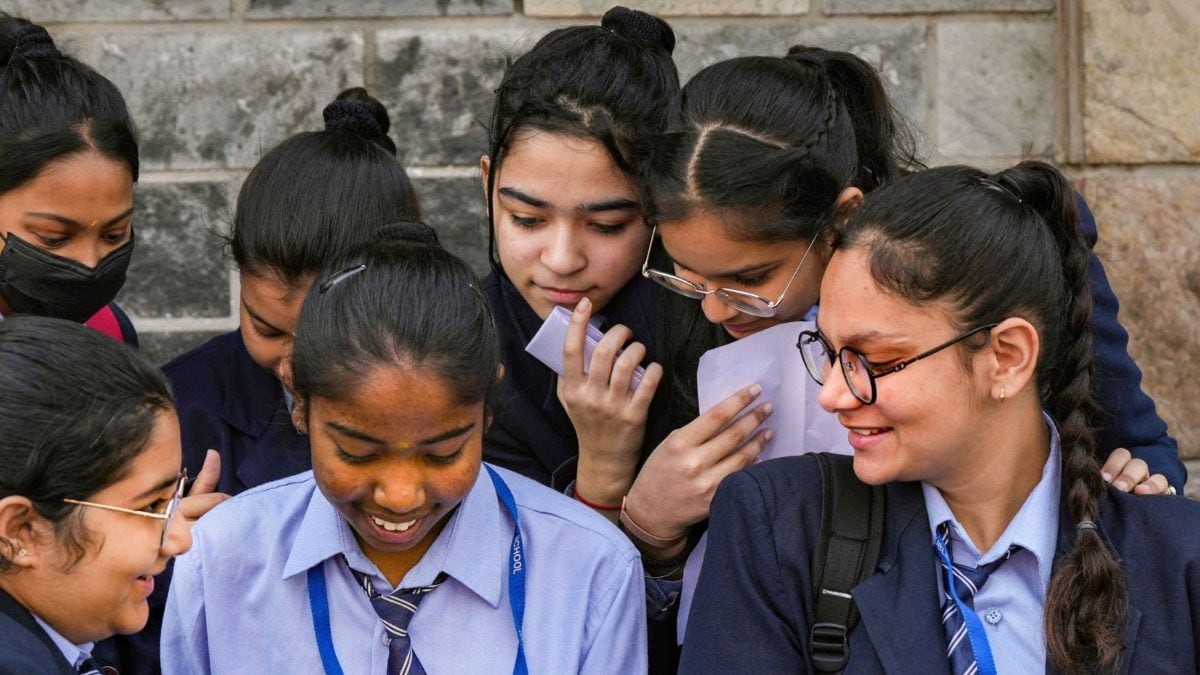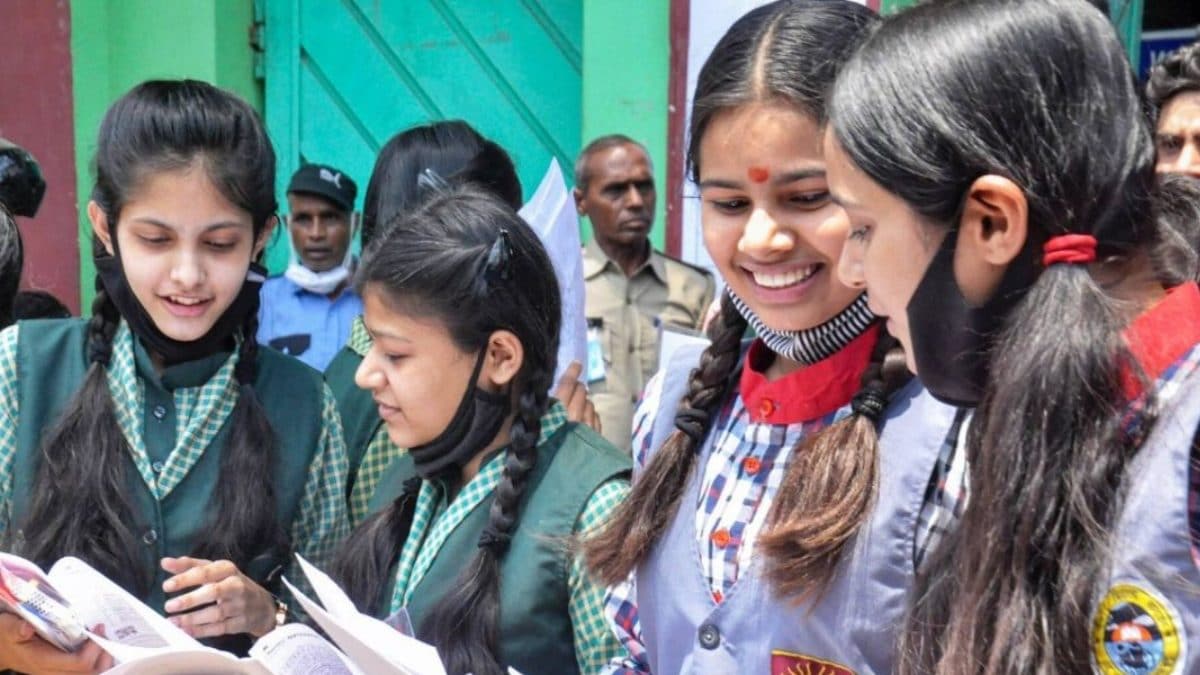[ad_1]

The union education ministry’s AISHE report said female enrolment in higher education increased from 1.57 crore in 2014-15 to 2.07 crore in 2021-22, a significant rise of 32 per cent with 50 lakh female students. (Representational image)
According to the latest All India Survey on Higher Education (AISHE), 2.07 crore women enrolled in higher education in 2021-22. However, the National Sample Survey Office (NSSO) reports that only 2.9 per cent of the total employed people aged 25 years and above in the year 2023 are women with advanced degrees (undergraduate, postgraduate, and above)
The celebration of International Women’s Day marks the achievement of women’s empowerment, although, despite the significant increase in the female literacy rate, the number of working women with higher advanced degrees in the country has not gone up much.
According to the latest All India Survey on Higher Education (AISHE), 2.07 crore women enrolled in higher education in 2021-22. However, the National Sample Survey Office (NSSO) reports that only 2.9 per cent of the total employed people aged 25 years and above in the year 2023 are women with advanced degrees (undergraduate, postgraduate, and above).
The union education ministry’s AISHE report said female enrolment in higher education increased from 1.57 crore in 2014-15 to 2.07 crore in 2021-22, a significant rise of 32 per cent with 50 lakh female students.
But the most notable aspect is the low participation of women in the Indian labour force despite rapid economic expansion and rising earnings. According to the latest data from NSSO, under the ministry of statistics and programme implementation (MOSPI), the Female Labor Force Participation Rate (LFPR) of those aged 25 years and above with advanced degrees at all-India levels for the year 2023 (January to December) is only 2.9.
Furthermore, there are considerable differences between urban and rural areas. In the same period, the participation rate of rural women is 7.0 per cent while the participation rate of urban women is 2.9.
Currently, the number of women scientists in the country stands at 18.6 per cent while research and development (R&D) projects conducted by women amount to 25 per cent. Union finance minister Nirmala Sitharaman said in her budget statement that female enrolment in science, technology, engineering, and mathematics (STEM) courses has reached 43 per cent, one of the highest percentages worldwide.
“Female enrolment in higher education has gone up by 28 per cent in ten years. In STEM (Science, Technology, Engineering, and Mathematics) courses, girls and women constitute 43 per cent of enrolment — one of the highest in the world. All these measures are getting reflected in the increasing participation of women in the workforce,” said Sitharaman in her interim budget speech last month.
The government is working in this direction to encourage women’s participation in the workforce. The Periodic Labour Force Survey Report 2022-23 released by MoSPI in October 2023 shows that the FLPR rate in the country was expected to increase significantly by 4.2 percentage points to 37.0 per cent in 2023.
[ad_2]
Source link




